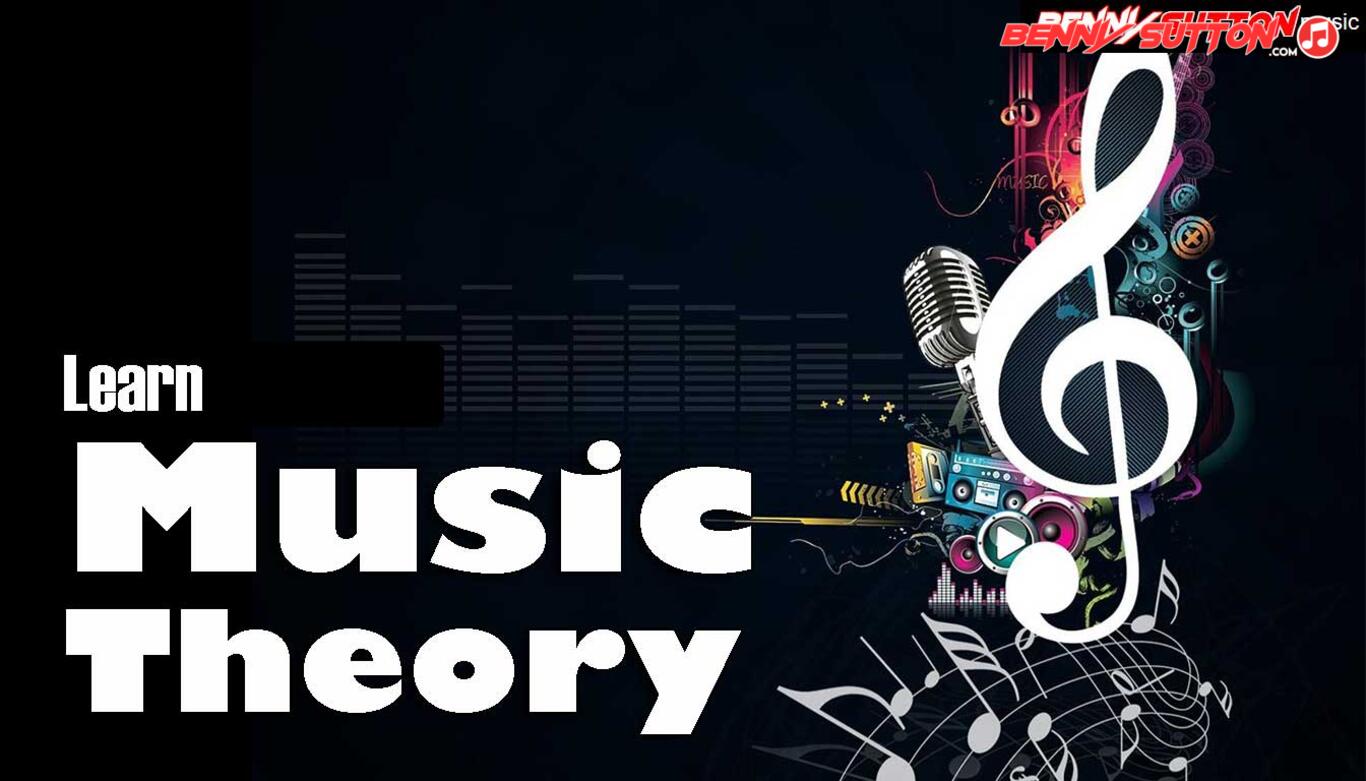Root–major third–augmented fifth; symmetrical brightness with tendency to resolve.
Augmented Triad
The Augmented Triad is the mirror image of the diminished triad — instead of compression and tension pulling inward, it expands outward.
Its widened fifth creates a floating, unresolved, and dreamlike sound, often used for color, modulation, or transition.
It’s symmetrical and ambiguous, sitting halfway between tonal stability and harmonic instability.
Structure
An augmented triad is built by stacking two major thirds on top of each other.
Formula:
Root – Major 3rd – Augmented 5th
Semitone steps from root: 0 – 4 – 8
Example (C Augmented Triad):
C – E – G♯
| Interval | Distance | Note | Function |
|---|---|---|---|
| Root | 0 | C | Tonal anchor (unstable) |
| Major 3rd | +4 | E | Bright interval |
| Augmented 5th | +8 | G♯ | Expansive tension |
Interval Structure (Stacked Thirds)
| From | To | Interval | Size | Result |
|---|---|---|---|---|
| Root → 3rd | Major 3rd | 4 semitones | Bright tone | |
| 3rd → 5th | Major 3rd | 4 semitones | Symmetrical spacing | |
| Root → 5th | Augmented 5th | 8 semitones | Expansive, unresolved tension |
Because the triad divides the octave evenly into three major-third spans, its inversions produce the same shape, giving it enharmonic symmetry and a sense of endless rotation.
Inversions
| Inversion | Notes (C Aug) | Symbol | Bass Note | Comment |
|---|---|---|---|---|
| Root Position | C–E–G♯ | C+ or Caug | C | Expansive, bright color |
| 1st Inversion | E–G♯–C | C+/E | E | Same pitch content (symmetrical) |
| 2nd Inversion | G♯–C–E | C+/G♯ | G♯ | Enharmonically identical; shifting center |
Because of symmetry, the augmented triad repeats every 4 semitones — only four distinct augmented triads exist:
C+, C♯+, D+, and E♭+ (each covers three enharmonic positions).
Roman Numeral Function
| Scale Degree | In Major Key | In Minor Key | Function |
|---|---|---|---|
| III+ | – | Common | Chromatic mediant or tonic expansion |
| I+ | Common | Common | Altered tonic or modulation pivot |
| V+ | Common | Common | dominant with raised 5th — leads to resolution |
Augmented triads frequently appear as V+ chords (dominants with raised fifths) leading to a tonic — intensifying pull without darkening the harmony.
Emotional Character
- Mood: mysterious, surreal, dreamlike.
- Stability: moderate tension — lacks a strong pull but resists rest.
- Role: color chord, transition, or altered dominant.
- Texture: bright dissonance; conveys floating or chromatic motion.
Film composers and impressionists use augmented triads to suggest motion without direction — tension that doesn’t fully resolve.
Real-World Examples
| Song | Artist / Composer | Key / Usage | Notes |
|---|---|---|---|
| “Oh! Darling” | The Beatles | A+ passing to Dm | Classic chromatic lift |
| “Nessun Dorma” | Puccini | V+ to I | Operatic tension and release |
| “Good Vibrations” | The Beach Boys | C+ color | Psychedelic brightness |
| “Girl from Ipanema” | Jobim | F+ alteration | Jazz dominant with #5 extension |
| “Blue Rondo à la Turk” | Dave Brubeck | Chromatic use | Modernist harmonic color |
Application Tips
- Voice Leading: raise the fifth of a major triad by a semitone to create an augmented chord.
- Modulation: augmented triads bridge distant keys due to symmetrical structure.
- Improvisation: pair with whole-tone scale for smooth melodic match.
- Jazz & Film: treat as a dominant alteration (V+ or V7♯5).
Summary
| Attribute | Value |
|---|---|
| Formula | 1 – 3 – ♯5 |
| Semitones | 0 – 4 – 8 |
| Tonality | Bright, unresolved |
| Emotional Color | Dreamy, surreal, mysterious |
| Function | Altered tonic or dominant, transition chord |
| Inversions | Symmetrical (self-similar) |
| Common Progressions | V+–I, I+–IV, chromatic mediant shifts |
| Used In | Jazz, classical, film, psychedelic rock |
